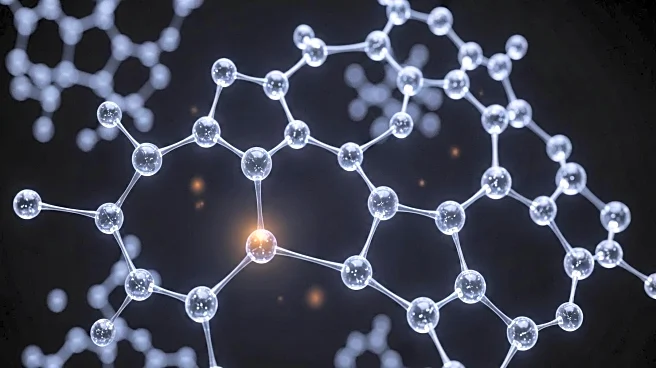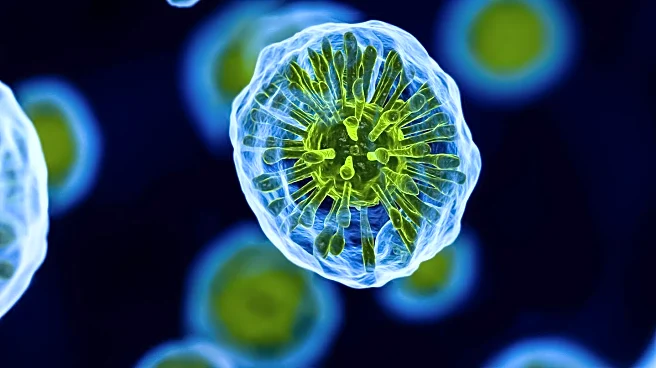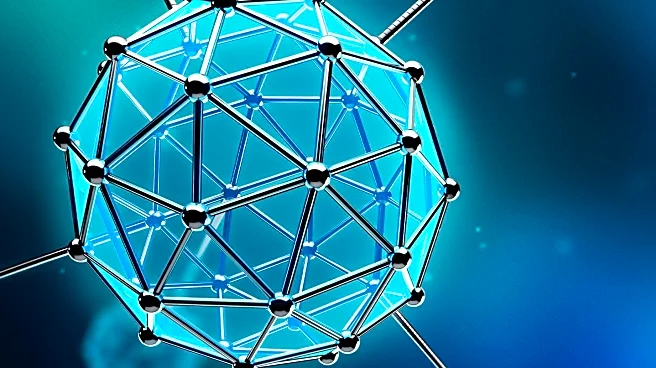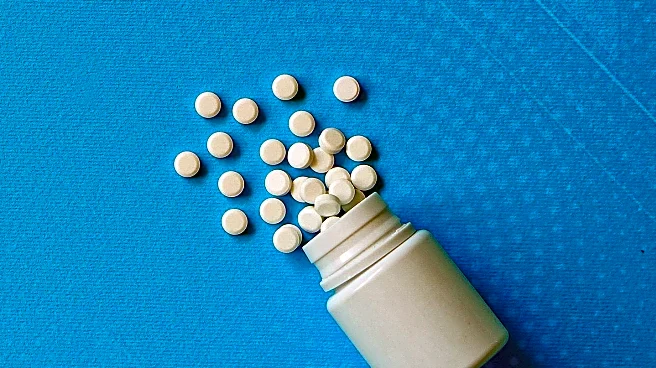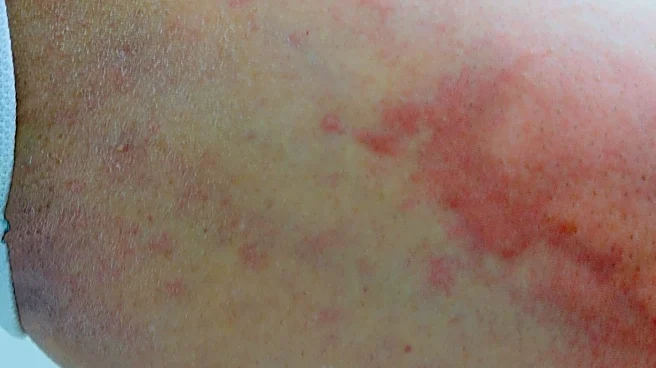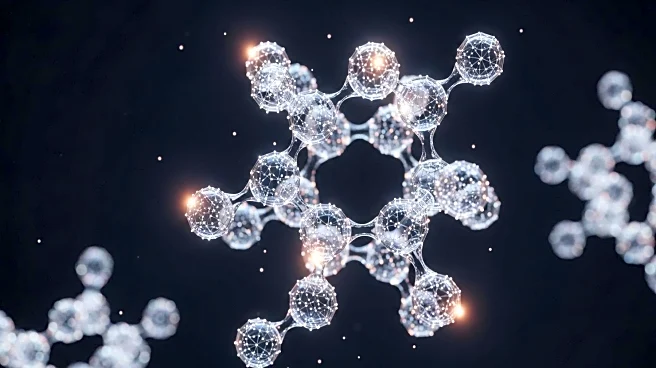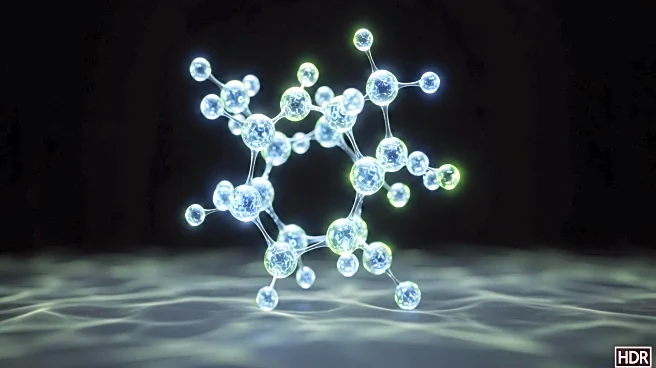What is the story about?
What's Happening?
Recent research has unveiled the mechanism by which polymyxins, a class of antibiotics, disrupt the defense mechanisms of E. coli bacteria. Using high-resolution microscopy, scientists have observed that polymyxin B, one of the two types used therapeutically, causes bulges on the surface of E. coli, leading to the shedding of lipopolysaccharides, which are crucial for the bacteria's defense. This discovery provides insight into how these antibiotics penetrate the bacteria's outer membrane, allowing them to kill the bacteria. However, the study also found that polymyxins are ineffective against dormant bacteria, as these do not produce the defensive 'armour' that the antibiotics target.
Why It's Important?
Understanding the action of polymyxins is crucial in the fight against drug-resistant infections, particularly those caused by gram-negative bacteria, which are a significant concern for global health. These bacteria are responsible for severe infections like pneumonia and meningitis. The findings could lead to improved treatment strategies and the development of new antibiotics that can effectively target dormant bacteria, which are often resistant to current treatments. This research is particularly significant as it addresses the challenge of antibiotic resistance, a growing threat to public health worldwide.
What's Next?
Future research may focus on developing combination therapies that can target both active and dormant bacteria, potentially involving the use of sugars to wake dormant bacteria, making them susceptible to antibiotics. However, this approach must be carefully managed to avoid rapid bacterial growth that could exacerbate infections. The study's insights could also guide the development of new antibiotics that bypass the need to wake dormant bacteria, offering a safer and more effective treatment option.
AI Generated Content
Do you find this article useful?




